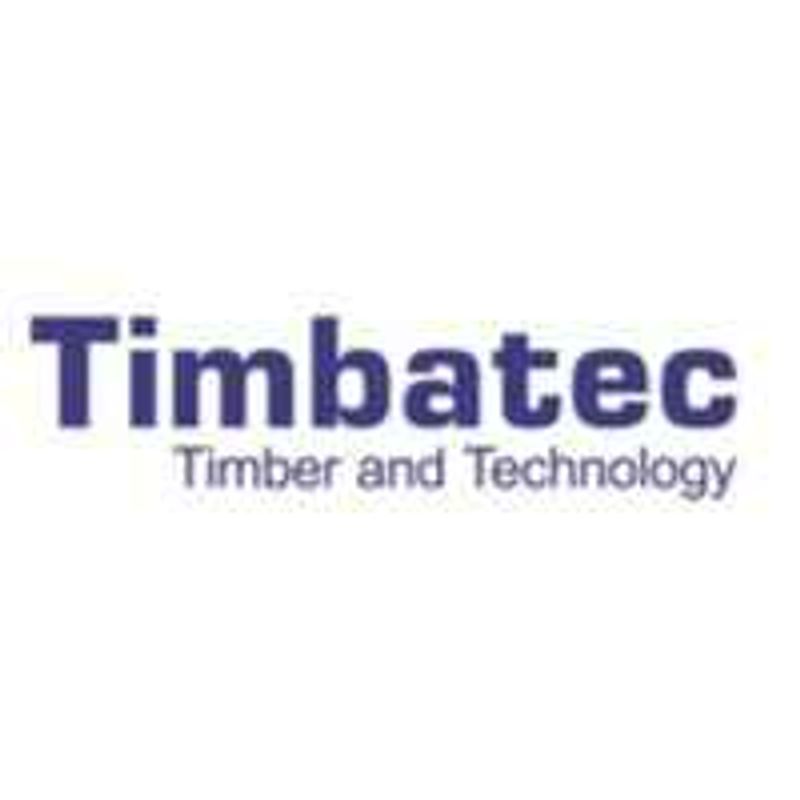Key Facts
View key facts for "RWIND by Dlubal Software".
Tool Overview
RWIND Simulation is a stand-alone program for numerical simulations of wind flow (digital wind tunnel) around buildings or any other objects and generating wind loads, i.e. forces acting on these objects.
This program was developed in cooperation with PC-Progress and CFD Support and can be used as a stand-alone application or as a complement to RFEM / RSTAB programs for static and dynamic analysis.
Headquarter Location
Company Stage
Pricing
Free Trial
No
Project Phase Specialty
Project Type Specialty
Industry
Market Segment
Case Studies (1)
View featured case studies using "RWIND by Dlubal Software".
AEC Companies / Customers (1)
Discover companies and professionals that are utilizing "RWIND by Dlubal Software".
Similar Tools
Discover similar tools to "RWIND by Dlubal Software".
ClimateStudio
Rhino Plugin for Daylighting, Glare, Electric Lighting, and Thermal Simulation & Analysis

One Click LCA
One Click LCA is the world's leading sustainability platform for construction and manufacturing, providing automated life-cycle assessments and environmental product declarations to reduce environmental impacts, supported by a vast global database and integration with major BIM tools.

Sterling
Sterling is a comprehensive SaaS solution designed for the construction industry, providing advanced tools for cost and carbon estimating, 2D/3D take-offs, package management, and lifecycle planning. With a focus on precision and sustainability, Sterling enables construction professionals to streamline workflows, manage resources, and ensure compliance with industry standards, all while driving project efficiency and reducing environmental impact.

VIKTOR.AI
VIKTOR.AI is a platform that enables engineers to create and share custom web apps. Automate your work, collaborate, and deliver better designs in less time!
Makersite
Makersite is an award-winning platform for product sustainability, cost, and compliance. Using AI and graph tech, it builds digital twins to optimize product lifecycles, reduce emissions, and increase agility—helping teams create better, greener products up to 50x faster than traditional methods.



